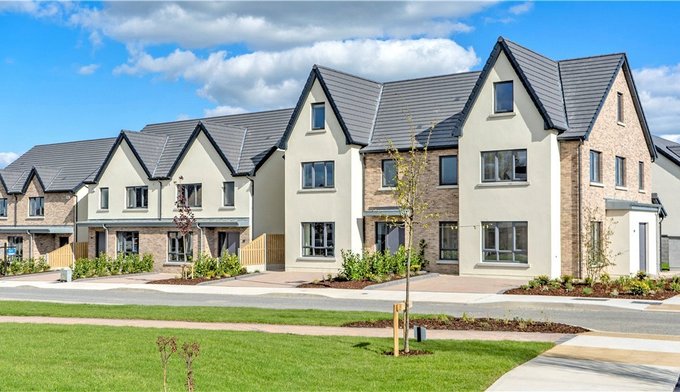Changes to Ireland’s Home Ownership Levels

‘The plan to tackle Ireland’s housing crisis has failed’. So read a headline from The Irish Times earlier this week. It is a bold declaration. It also begs the question of when failure can or ought to be declared. Have we, as a nation, given up on trying to get a handle on some of Ireland’s most pressing housing issues?
In the above article, journalist Eoin Burke-Kennedy was interpreting some of the remarks made by Michael Stanley, chief executive of Cairn Homes, during a recent housing webinar. According to the home builder, the chances of a young adult (aged under 40 years) owning a home in Ireland have more than halved over the past decade, from 22 per cent in 2011 to 12 per cent today, based on the company’s own research. It is indeed alarming that home ownership rates have “collapsed among adults of a prime working age”. This has been attributed to surging house prices and a lost decade of wage growth since the financial crisis.
The ‘failure’ referred to in the headline is a criticism of the Rebuilding Ireland plan – or rather, execution of the plan – which had pledged to deliver 150,000 units over six years. In reality, only 83,913 homes have been delivered in the first five years of Rebuilding Ireland and there is little to no hope of a final or sixth year surge to hit the target. This strategy was positioned as the Government’s response to the housing crisis, however, as noted in the above article, it “has failed to change the dynamic, and many of the issues it sought to address have worsened”. In fact, the article goes further to suggest that “It’s something of a nonsense for the government to make promises around private sector housing output, which it has no direct control over, but the main parties seem intent on signing up to these pledges”.
In terms of social housing delivery, the article refers to a “shift from bricks to benefits”, with State spending on rent subsidies doubling over the past five years. The cost of delivering support under the Housing Assistance Payment and the Rental Accommodation Scheme is expected to hit €1 billion this year for the first time. Yet, according to Sherry FitzGerald’s most recent report, the number of investors leaving the market continues to exceed those entering the market by a significant degree, with 29 per cent of vendors selling an investment property, whereas just 13 per cent of buyers were purchasing an investment property. It should be noted this market report also found robust residential transaction activity in the final quarter of 2020, with almost 16,900 home sales recorded in the final quarter of last year, making it the strongest level of quarterly sales in more than a decade.
Ian Lawlor
086 3625482
Managing Director
Lotus Investment Group
